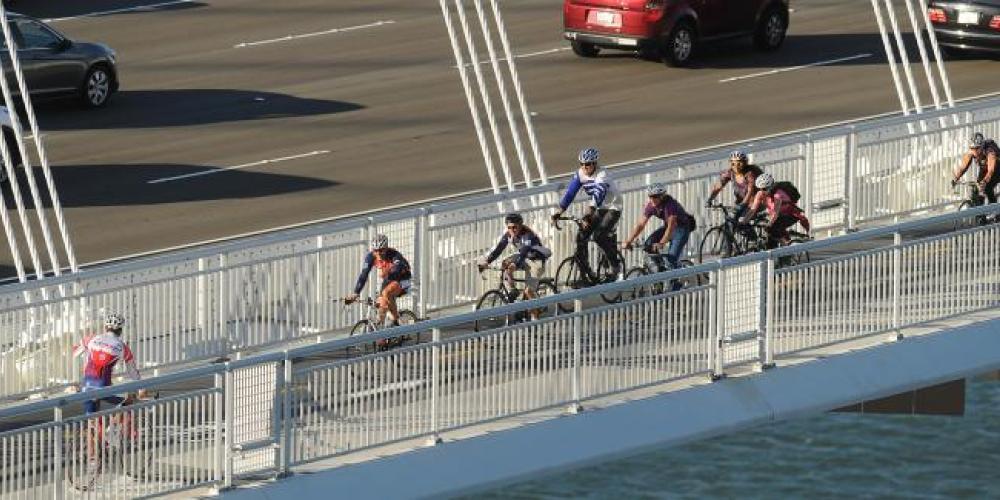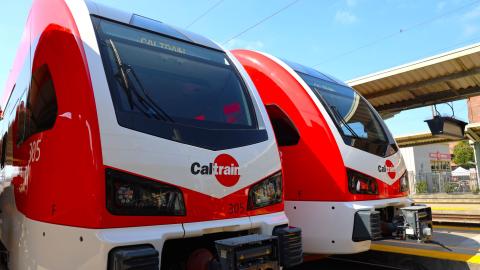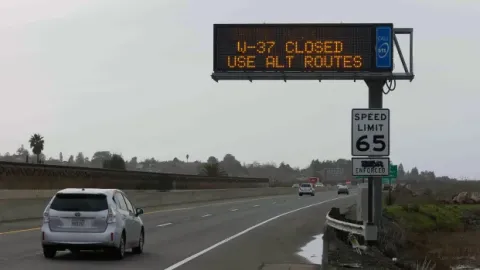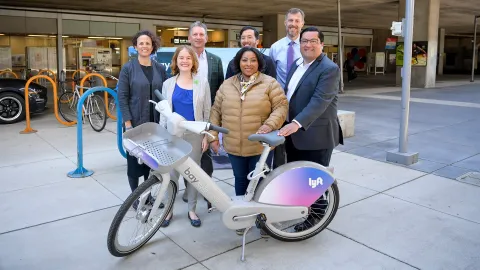
Newly released data indicate the popularity of the pedestrian and bicycle paths on five of the Bay Area’s state-owned toll bridges since the start of the COVID-19 pandemic.
Cyclist and pedestrian counter data are now publicly available on the MTC website for the paths across the Benicia-Martinez, Carquinez, Dumbarton and Richmond-San Rafael bridges, as well as the East Span of the San Francisco-Oakland Bay Bridge. The Bay Area Toll Authority is maintaining a system of automatic counters to detect and record bicycle and pedestrian volumes around the clock at select locations on these bridges.
The COVID-19 pandemic has many Bay Area residents seeking new ways to get around and enjoy socially distant activities that can be done close to home. Bike shops are reporting record business, and those who already own bicycles and scooters are joining walkers and runners on the region’s many bicycle- and pedestrian-friendly paths, including the Bay Trail.
How many people are using active transportation modes on the shared-use paths on Bay Area’s five state-owned bridges? (Because the Golden Gate Bridge is not a state-owned bridge, its pathway data are not included on the MTC website.) The Richmond-San Rafael Bridge had a high of nearly 12,000 bicycle crossings in May 2020, double the nearly 6,000 crossings in January 2020. The Bay Bridge registered a 77% increase in bike trips (18,600 total) in May 2020 over the previous high of 10,500 trips in July 2017.
Walkers and runners are getting in on the action, too. The Benicia-Martinez Bridge had a high of 36,000 pedestrian crossings in May 2020, 80% higher than the previous high of 20,000 crossings in April 2018. There was a 38% increase in crossings (7,600) on the Carquinez Bridge in May 2020, with the pre-pandemic high of 5,500 crossings set in May 2016.



Submit your comment
In order to receive a reply to your comment, please provide an email address.